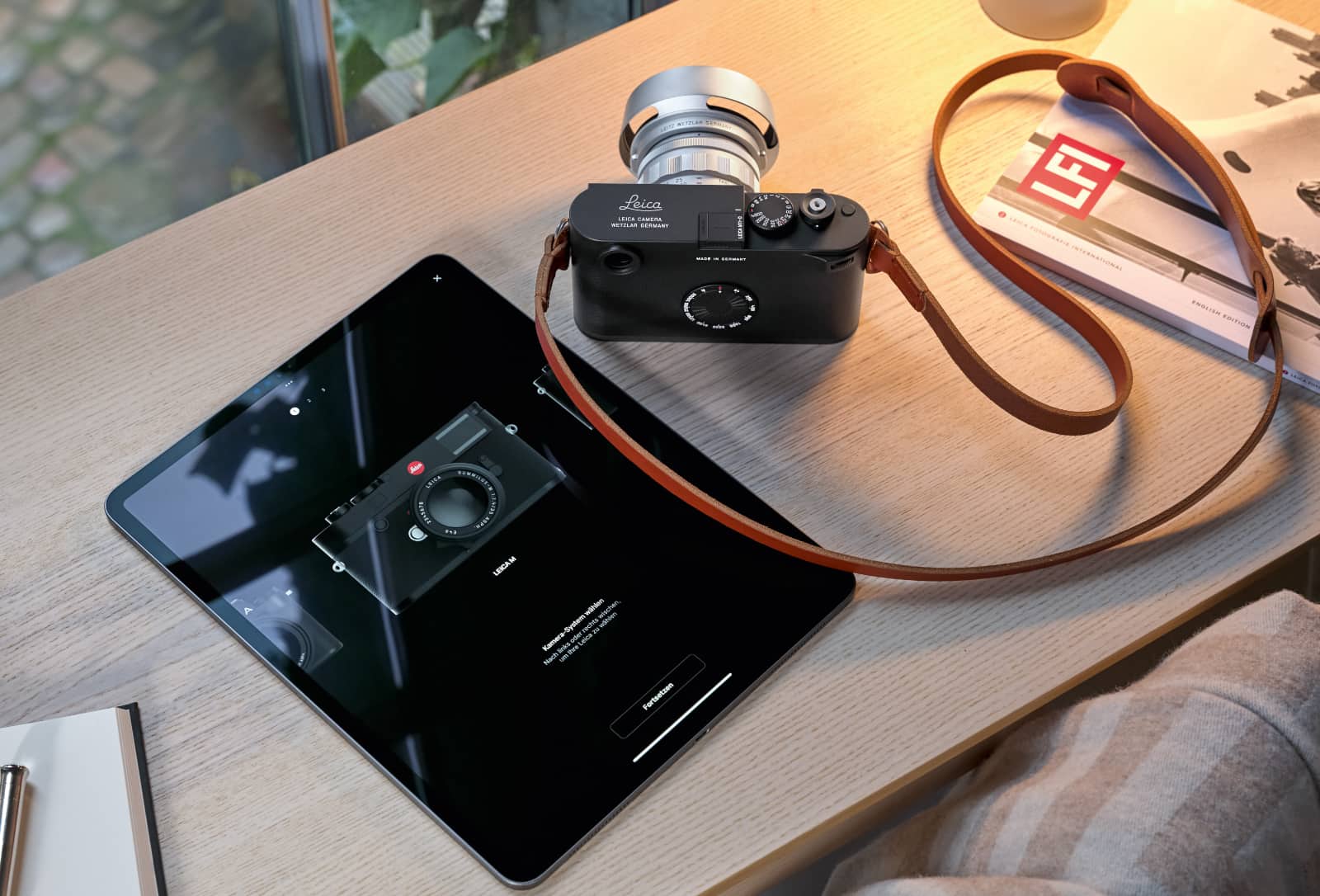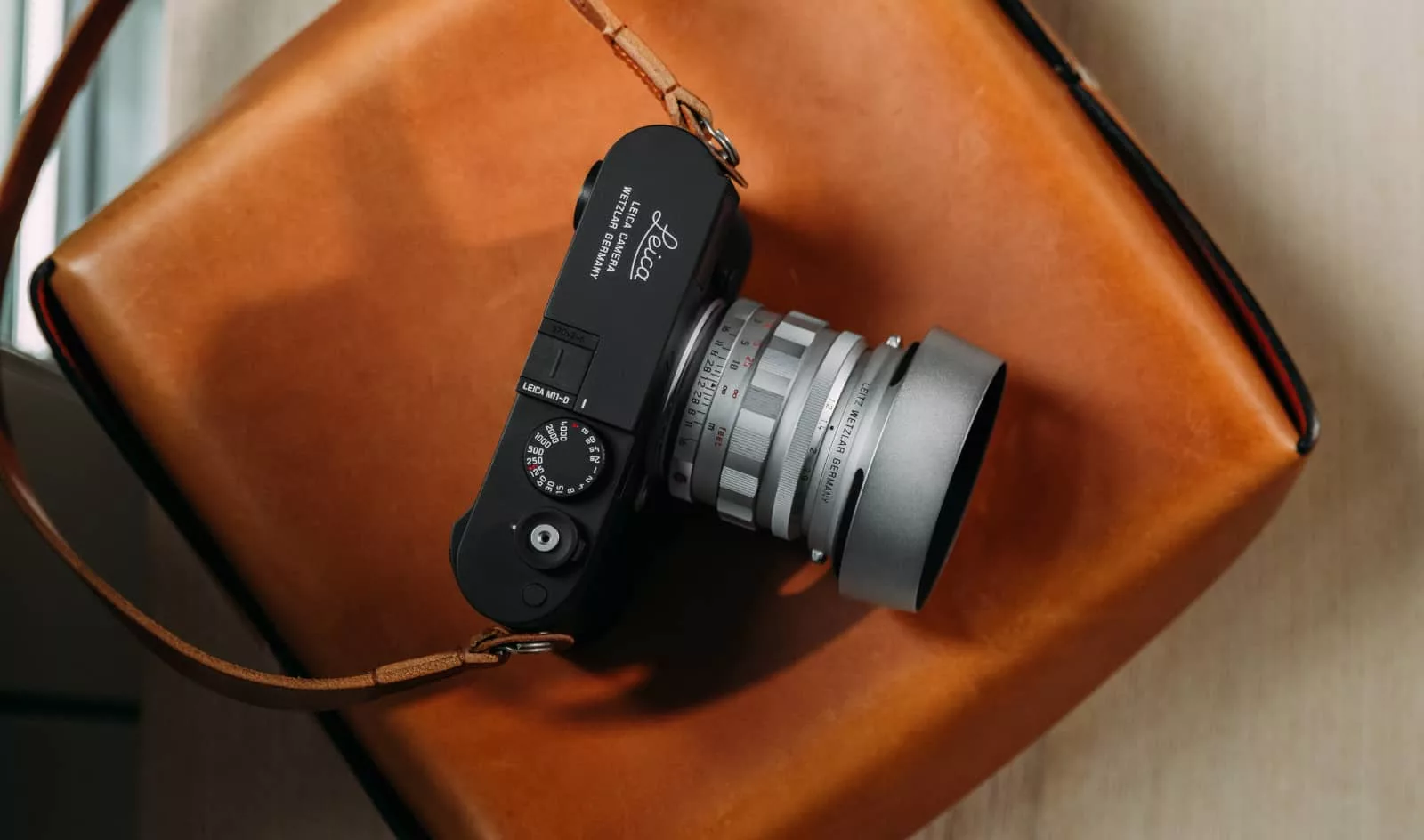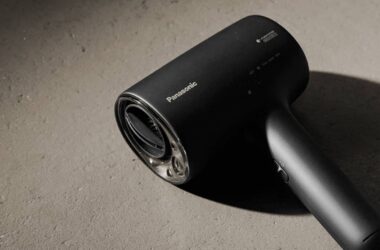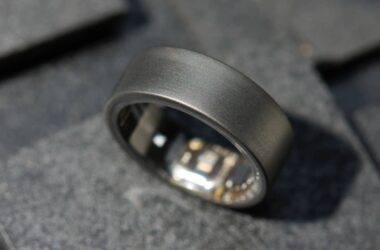Digital cameras tend to follow a formula regardless of the company making them, but Leica’s latest changes things up some.
Ever since digital cameras took over from film, getting the images and experience back to what film looked and felt like has been a thing.
There’s certainly software that can help with that, as well as built in filtration on phones. If you’re trying to get back to the magic of film, you have options for making the images look like they belong, and even in the hardware space, complete with older styles of cameras made new complete with aperture and shutter speed controls.
But you know what almost never disappears? The LCD screen on the back.
That’s one of those things we always expect in modern cameras: a preview of every shot you’re taking, something people lived for decades without them (because they didn’t exist beyond Polaroids and instant film).
With a screen, the mystery of what you’ve captured is gone, and you can instead see the exact shot immediately after. It’s not a bad thing, and can help you nail the perfect shot. But it does mean some of the romance of old school photography is missing in action.
Leica looks to be bringing some of that feeling back, however, with a new model in its M-camera system: the M11-D.
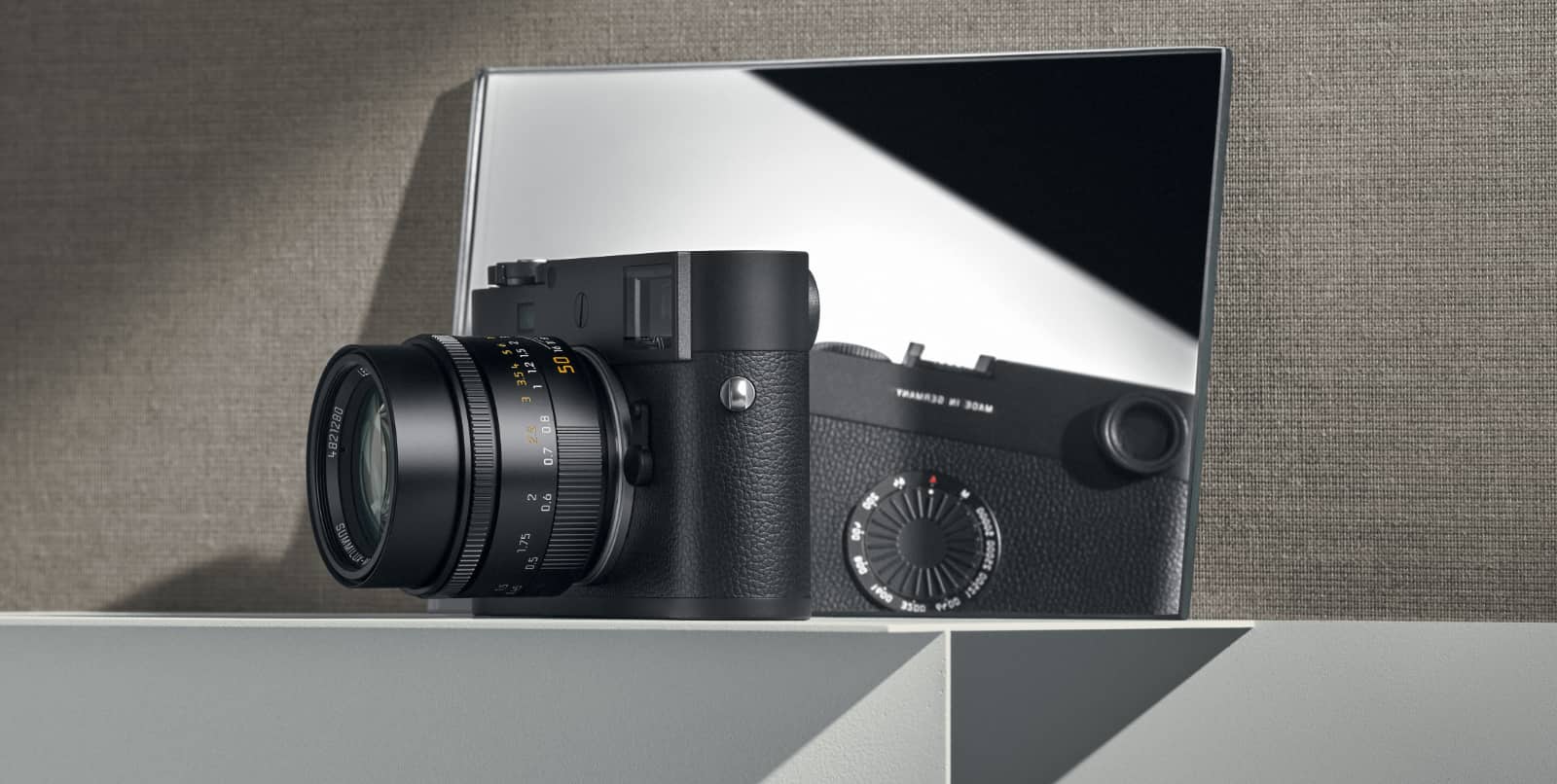
Another of Leica’s pricey cameras, this one takes Leica M-lenses and actually sees the screen on the back removed, keeping the camera built like a traditional camera might have been. Instead of a screen, there’s a large ISO controlling dial on the back, while the top sees shutter speed control with apetures on the lens.
In short, it’s like Leica made an old school camera for today, and one with the heart of a digital camera.
Inside the M11-D is a 60 megapixel full-frame camera able to capture at either 60, 36, or 18 megapixels, complete with an internal memory for 256GB as well as an SD card slot. ISO range on the camera supports 64 to 50,000, making it ideal in daylight and low-light, and it will even play nicely with iPhone and Android, either over Bluetooth or a wired connection.
Like the Leica Q2 Monochrom, it’s a camera that looks old school while still being very much made new school, almost like it’s wearing a disguise.
One thing you can’t disguise is the price, which sees Leica’s digital analogue camera available for $15,990 in Australia without a lens. You’ll need to factor that in, too, and they’re not cheap, either.
